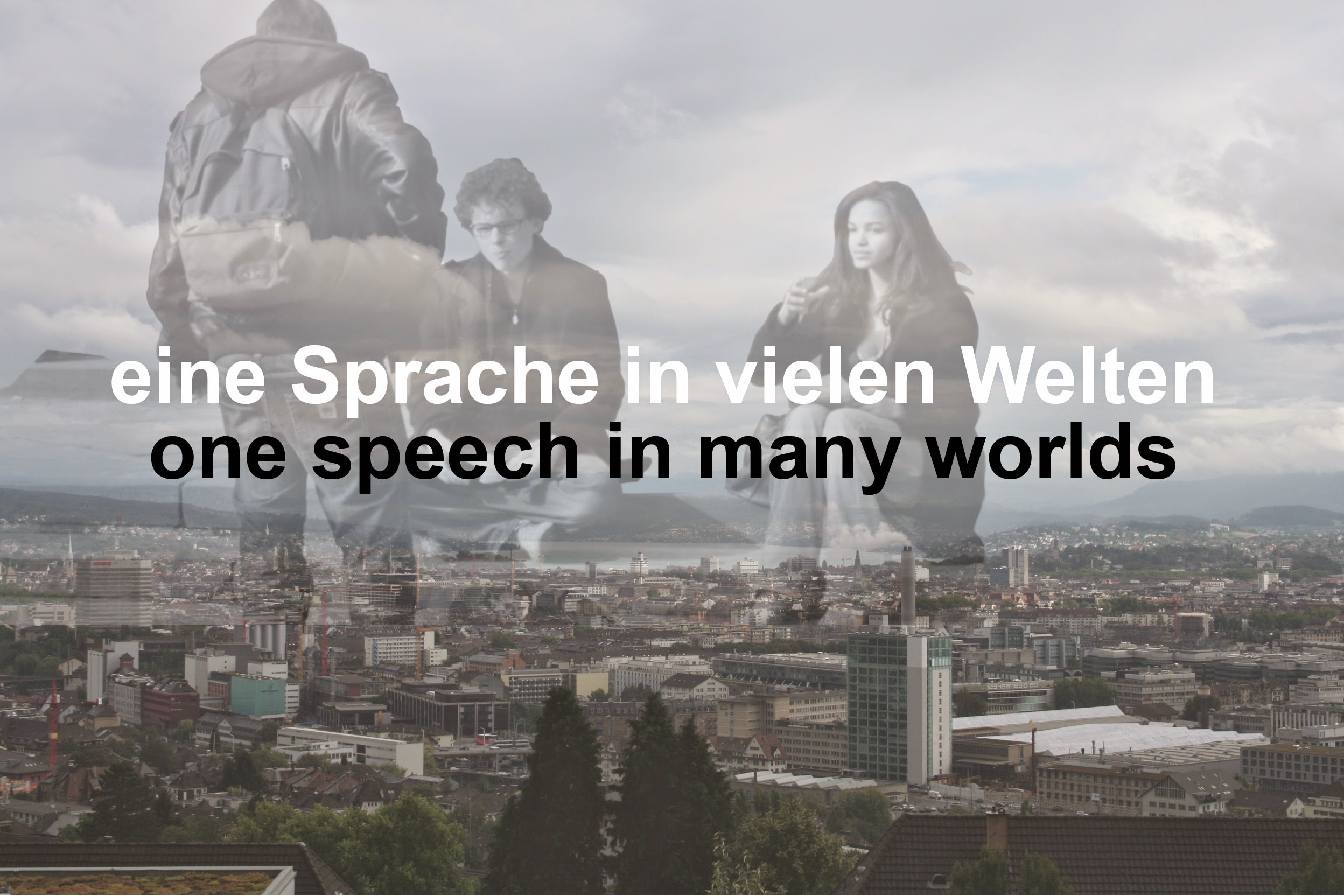Digital photography has become a defining feature of the photography profession. Audiovisual communication in the form of videos is also becoming increasingly relevant. Against this backdrop, a new training regulation for the dual profession will come into force on 1 August 2025.Bonn/Germany, February 26, 2025 Modernised training regulations come into force on 1 August 2025.
Whether weddings, fashion trends, sporting events or image campaigns – photographers present everything in the best possible light and have extensive expertise in communicating with images. This applies not only to analogue photographs, but increasingly also to videos with image and sound recordings or software-supported computer-generated imagery, i.e. three-dimensional animated computer graphics. This is because the field of activity of photographers has changed fundamentally. The times when the focus was on analogue photography are history, but this technique is still cultivated in artistic and freelance photography. Today, however, the profession is dominated by digital photography.
Due to these changes, the Federal Institute for Vocational Education and Training (BIBB) has modernised the training regulations for photographers on behalf of the federal government and together with the responsible federal ministries, the social partners and experts from the industry. The new training regulations will come into force on 1 August 2025.
Photographers usually begin their projects with a meeting with the client to determine their needs and interests. Taking into account target groups, corporate identity and the intended message, designs are developed and optimised in consultation with the client. In the age of social media, storytelling is becoming increasingly important. The aim is to use image series to communicate stories across different media in order to arouse emotions and attract the attention of target groups. Media law regulations, such as personal rights and copyrights, but also barrier-free media utilisation options must be taken into account.
Work processes must be planned and organised and coordinated with service providers and within the team. Production is the main focus of the work. For camera-based realisation, suitable types of lighting are selected, camera and image capture systems are used and recordings are made. The results are then optimised using image processing software. In the software-supported implementation of image concepts, data for still and moving images is captured three-dimensionally, modelled and optimised for output in various communication channels. Artificial intelligence is now also used to produce image material.
At the end of the training, specialisations are possible on the basis of elective qualifications. You can choose from people photography, product photography, architectural and industrial photography, editorial photography as well as image editing, software-supported image generation or analogue photography. The modernised training regulations and the corresponding framework curriculum developed by the Standing Conference of the Ministers of Education and Cultural Affairs of the Länder (KMK) for the school-based part of dual training replace the existing regulations from 2009.
After successfully completing the three-year training programme, photographers have interesting career paths open to them. For example, they can continue their training to become a master photographer or a certified specialist in commercial management in accordance with the German Crafts Code.
To support in-company training staff, BIBB is currently working with experts to develop an implementation guide which will be published in the BIBB publication series ‘Shaping Training’ and will be available for download free of charge from the BIBB website.
Further information is available at
(http://www.bibb.de/neue-berufe)


